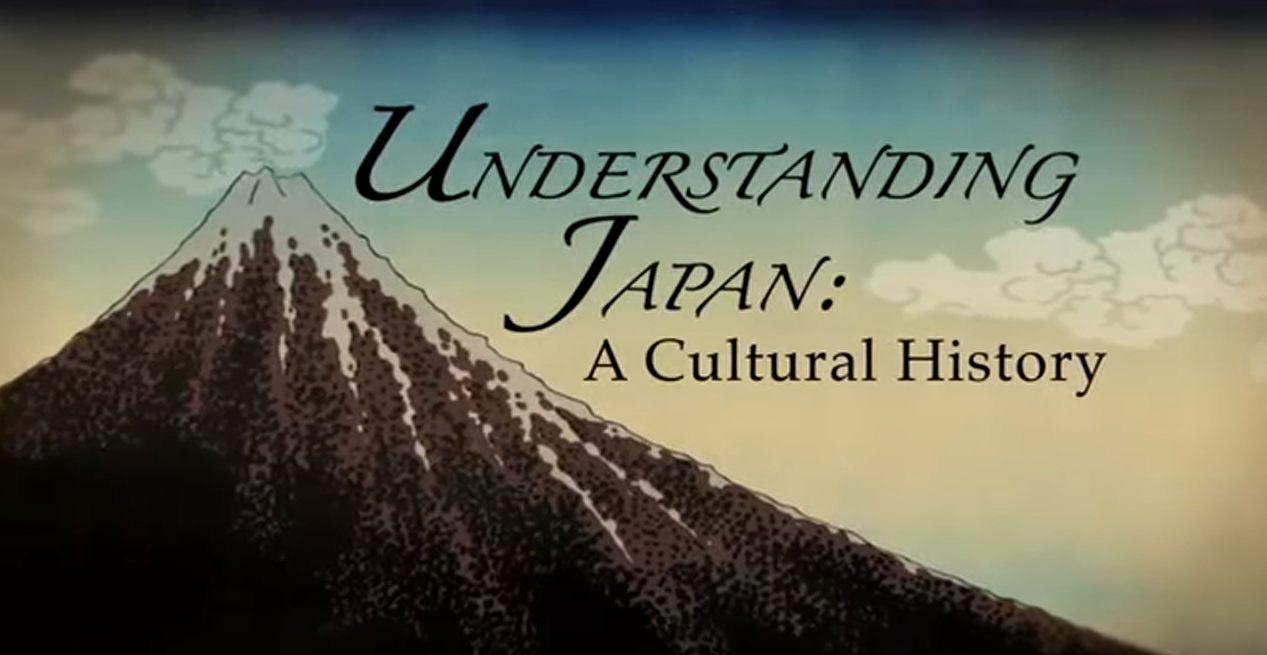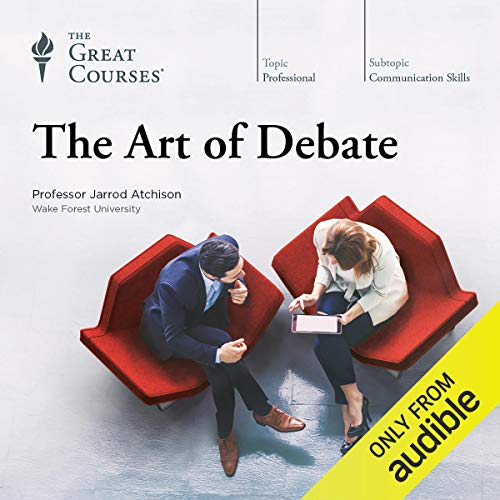Latest videos
Explore two major forms of Japanese theater: Noh (the high classical form) and Kabuki (the more popular form). In looking at two important theatrical works - Atsumori, rich in lofty ideals and elegant aesthetics, and The Scarlet Princess of Edo, full of crude decadence and mayhem - you'll uncover what these traditions share, and what they make their own.
Lasting for over 250 years, the Tokugawa shogunate curtailed both globalization and Christianity. How did this feudal government come to power? How did its policies isolate Japan? Along the way, you'll get an insightful look at what we really mean by "isolation" - and how Japan was shaped by foreign cultures even when most Japanese were banned from traveling overseas.
Japan's second great wave of globalization, the subject of this lecture, stretched from the 1300s to the early 1600s. It's a fascinating period that includes competition with China's Ming dynasty; the new influence of the West (which brought with it guns and Christianity); and the rule of Toyotomi Hideyoshi, Japan's most powerful warlord.
Samurai culture was not fixed but constantly adapting to larger social and cultural changes. Central to these changes was the Ashikaga dynasty. As you'll learn, political turmoil under the Ashikaga led to the samurai defining themselves with a culture of extreme loyalty and a new sense of valor, independent of imperial court culture.
How did the decline of the court and the rise of the warrior class shape the evolution of Buddhist aesthetic, spiritual, and philosophical concepts? Find out in this illuminating lecture, which covers the massive growth of Pure Land Buddhism (the dominant form in Japan today) and the two main schools of Zen Buddhism.
Turn away from the court in Kyoto to the countryside, where political infighting led to the rise of Japan's first shogunate ("warrior dynasty") and the emergence of the samurai. You'll also explore the rise of warrior culture through the lines of The Tale of the Heike, an epic ballad spread by wandering minstrels.
Journey through Japan's first period of isolation (from the 800s to the 1300s) and the rise of the Heian court, ancient Japan's cultured and exclusive aristocracy. Along the way, you'll meet the powerful Fujiwara family and unpack how the novel The Tale of Genji reveals the court's penchant for scandal and intrigue.
Professor Ravina explains why Buddhism was so appealing in ancient Japan. He reveals three key observations about the religion's earliest form (including its spread with direct support from Japanese rulers) and discusses the two main strands of Japanese Buddhism: the more esoteric tradition of Shingon and the more accessible Pure Land.
Make sense of one of the world's most complex writing systems, and discover how spoken Japanese reflects a long-standing concern with order, hierarchy, and consensus. Why is social context so important when speaking Japanese? And what are the linguistic consequences of adopting Chinese characters in Japanese writing?
In the late 500s, Japan began an unprecedented project of state building that evolved into the highly centralized, emperor-led Ritsuryō state. As you examine the state's laws and accomplishments, you'll uncover how this political centralization was actually inspired by - and responded to - the emergence of powerful states in China and Korea.
Get an engaging introduction to ancient Japanese myths, collectively known as Shintō ("Way of the Gods"). Focusing on the oldest written compilation of Japanese oral tradition, the Kojiki, you'll examine fascinating stories about gods and heroes, the origins of the universe, the Rock Cave of Heaven, rival clans, and more.
How has Japanese culture been shaped by powerful cycles of globalization and isolation? When was the earliest human habitation of Japan, and what are the origins of its rich culture? These and other probing questions are the perfect starting points for dispelling common Western misconceptions about this great island nation.
Formal debates have clear structures, but we often debate ideas in informal settings-unpredictable, complicated, ambiguous conversations with blurred lines between judges and participants. Conclude your course with a few handy tips for how to win a debate at a cocktail party-and when to bow out of the discussion.
Debates aid decision-making, and you may one day find yourself in the role of a judge needing to make the big decision. Survey the best way to communicate your reasons for a decision, starting with a short thesis statement followed by an explanation of your reasoning. As an example, consider a nonprofit faced with a difficult business decision.
Conclude your study of advanced debate techniques with a survey of line-by-line refutation. First, learn how to map out the "flow" of a debate using shorthand. By distilling key ideas, you will be well prepared to respond to all points. Try to map out the "flow" of a test case here.
Although they are two separate fields, the art of debate sometimes employs formal logic with great success. In this lecture, see how "conditional argumentation," a way of employing if-then statements to argue a point, lets you acknowledge a point without agreeing to it-a line of argument that pairs well with "even-if" arguments.
The best debaters understand the need for strategic flexibility, and concessions are one of the most powerful strategic moves in the playbook. As you will find out in this lecture, conceding points allows you to focus on your best arguments, or get out of a difficult spot, or even set a trap for your opponent.
In many great debates, there is a devastating moment where one side clearly out-maneuvers the other. "Flipping the warrant," which requires the highest level of analytic argument, allows you to destroy your opponent's argument by showing that their proposal, rather than solving a problem, will actually make things worse.
Now that you have explored the ways to build and defend a strong case, it's time to move on to varsity-level debate skills, starting with "even if" arguments. By starting with the premise that your opponent is right about everything, you can then explain why you should still win the debate-an extremely effective argument if performed well.
We all need to deal with the unexpected in our daily lives, so learning the secrets to navigating the unexpected in a debate has far-reaching applications. Here, see what it takes to slow down, diagnose, analyze, and respond to unexpected arguments. By following a few simple steps, you can easily find your way back to terra firma.


